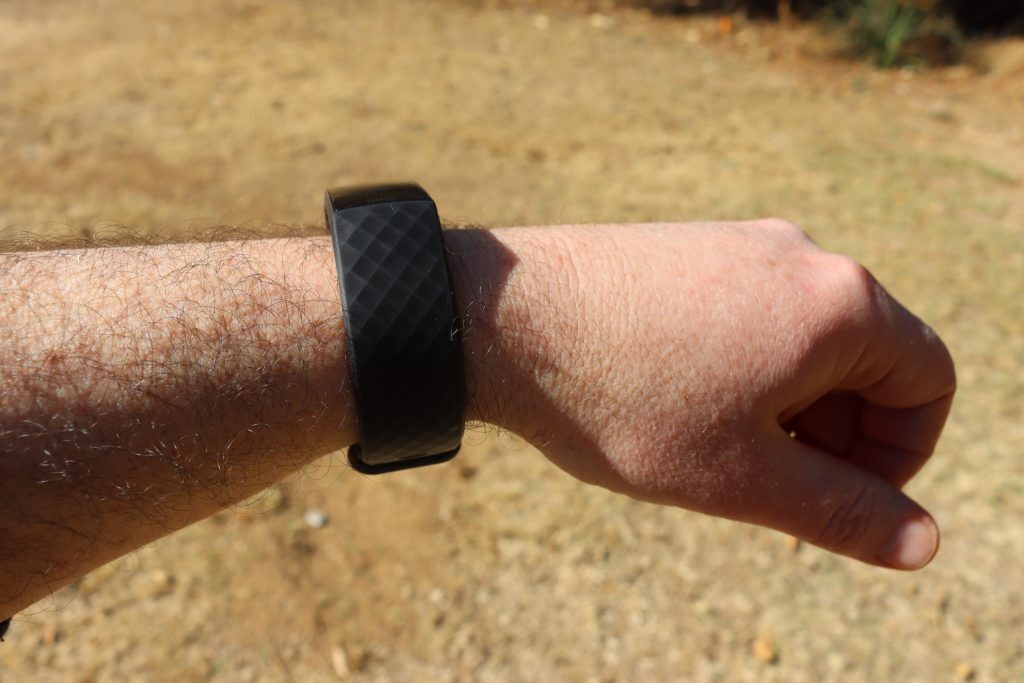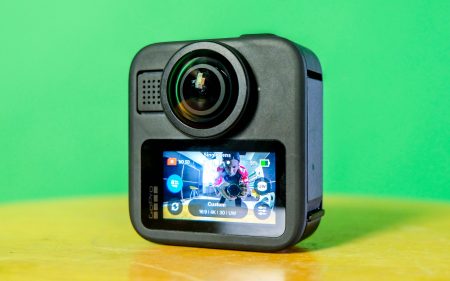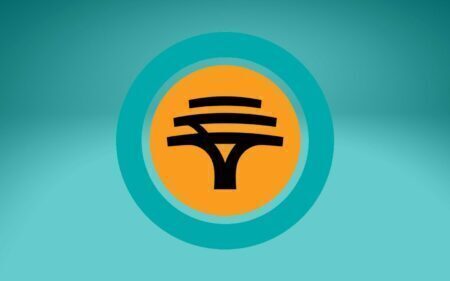-
Features
-
Tracking accuracy
Lockdown hasn’t been kind to many — if you’re lucky it’s just your waistline that’s taken the hit. But the likes of Fitbit are out here trying to keep us off the couch and moving and its new Fitbit Charge 4, the successor to (what else?) the Fitbit Charge 3, is here to help.
The thing is, this wearable fitness tracker isn’t much of a fashion statement — which might be why we’re so fond of it. If you want something that’ll look good in the gym you’re not allowed to go to, get an Apple Watch. This is a simple-looking tracker, hiding a couple of cool features. It’s not for the super-fit. Rather, it’s for the average person looking to lose a little weight brought on by too much lockdown-induced home-made bread.
Looks familiar
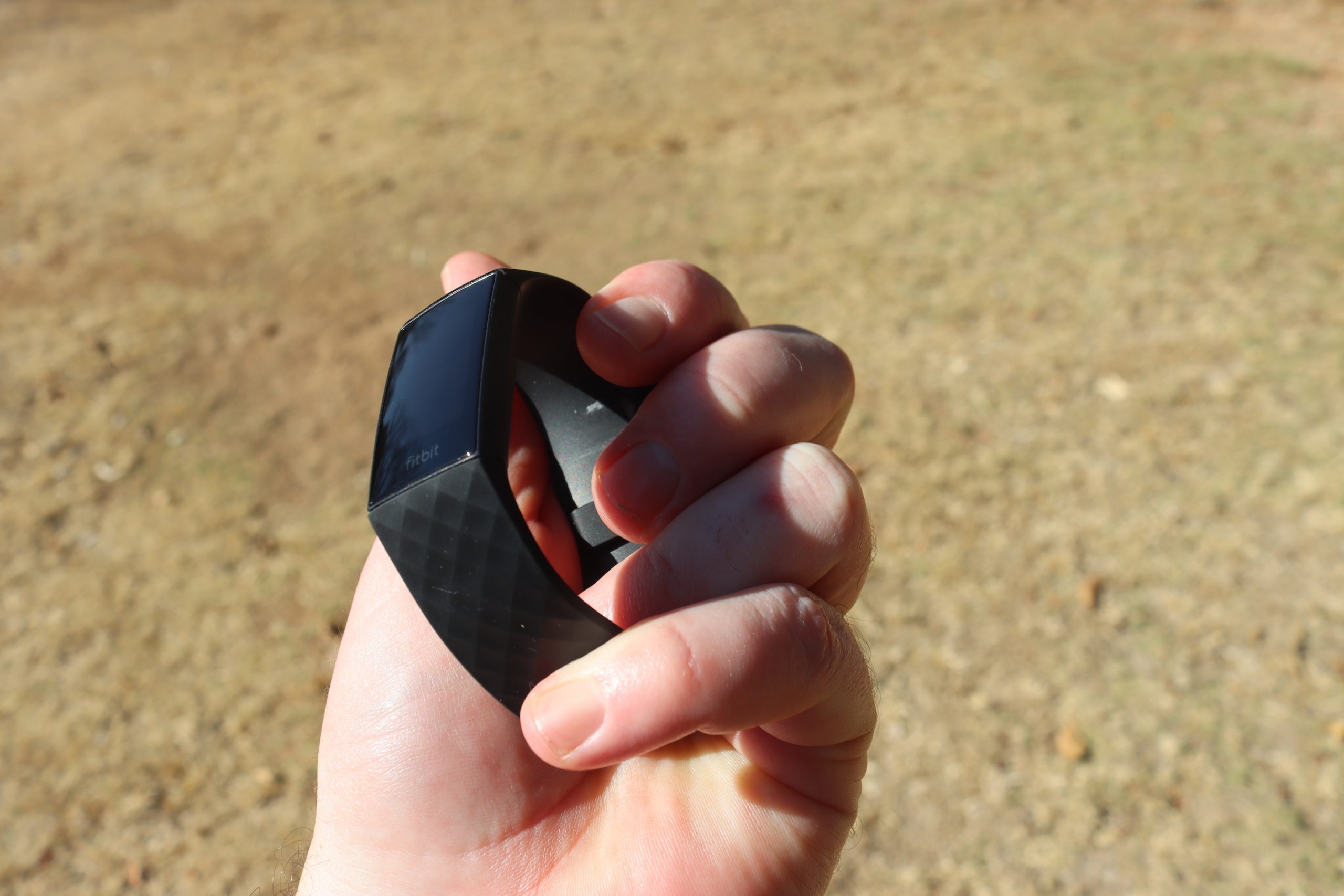 If you’ve seen the Fitbit Charge 3, you’ve seen the Fitbit Charge 4. The only way your friends will know you’ve upgraded is if you tell them. They’re not going to notice anything different about the lightweight black band on your wrist. If they’re really observant, they might realise it’s a little shinier than your last one. That’s about it.
If you’ve seen the Fitbit Charge 3, you’ve seen the Fitbit Charge 4. The only way your friends will know you’ve upgraded is if you tell them. They’re not going to notice anything different about the lightweight black band on your wrist. If they’re really observant, they might realise it’s a little shinier than your last one. That’s about it.
And that’s kinda what we like about it. It’s plain, black, and it gets the job done. It’s one of the things we liked about Huawei’s Band 2 Pro, except this one doesn’t have that wearable’s silver accents. The band attaches like a wristwatch — no fiddly and sometimes useless fasteners here — and there are two straps included in the box so you can be sure it’ll fit you. Unless that is, you also have to custom-order your shoes. Swapping out bands doesn’t get much simpler and there are aftermarket options if you simply must turn it into a fashion statement.
There’s a single button (kinda) on the side, with most of your interaction taking place either via the 100 x 160 OLED touchscreen panel or through the app. The simple interface hides most of your options — swipe upwards from the face for your movement data or right-to-left to access the surprisingly-comprehensive internal menus. Swiping can be a little finicky, though — cold or damp fingers seem to battle at times. On the display itself, the OLED looks fantastic indoors but in the bright Johannesburg winter sun, you’re gonna be doing some squinting.
Getting the job done
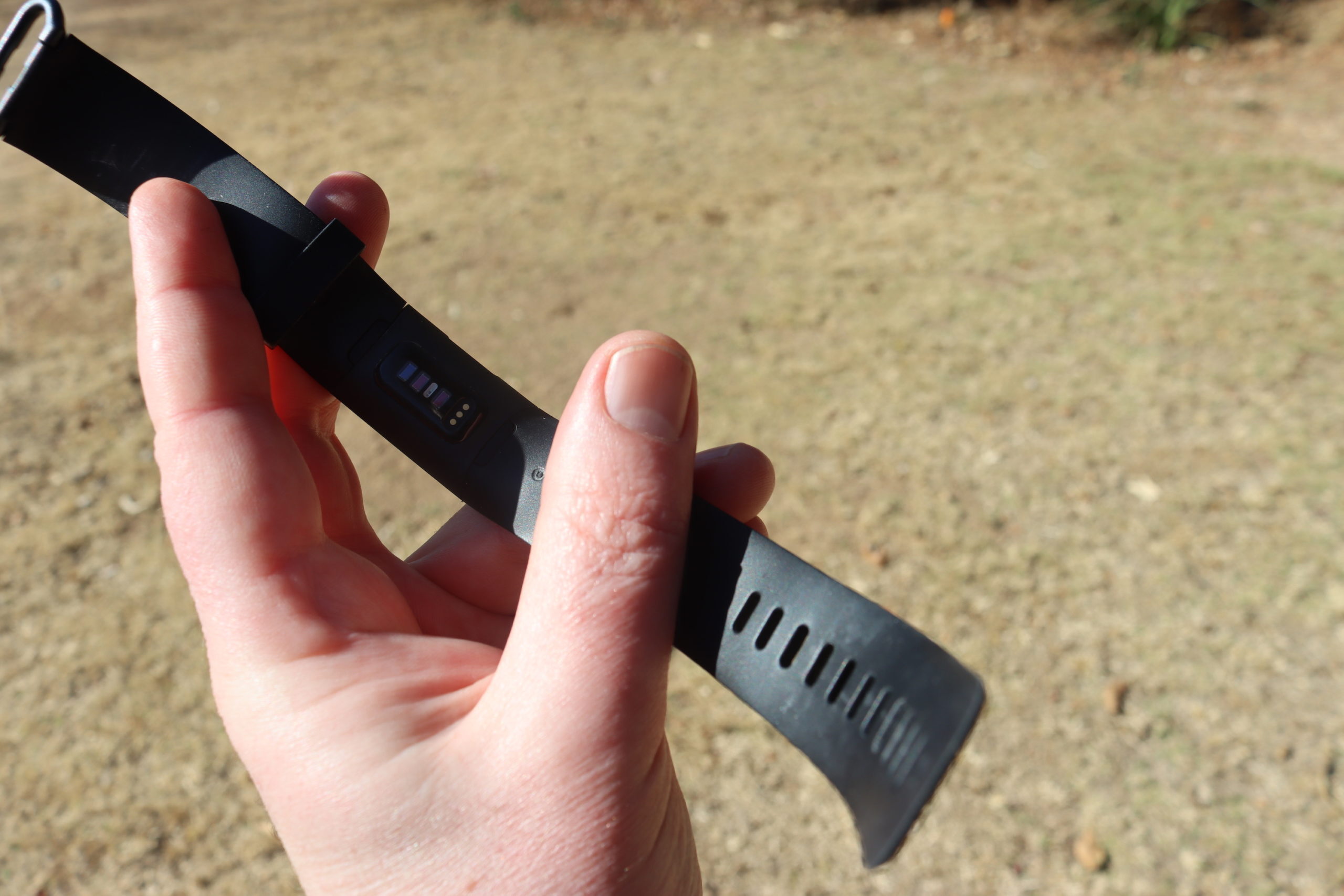 The Fitbit Charge 4 doesn’t do much unexpected. It’ll keep an eye on several movement-based exercises, track your heart rate and sleep, and has options for relaxation built onto your wrist. In short, it does what you last four Fitbit devices did, just as well or better than the last four did. That said, there are a couple of new features to check out here.
The Fitbit Charge 4 doesn’t do much unexpected. It’ll keep an eye on several movement-based exercises, track your heart rate and sleep, and has options for relaxation built onto your wrist. In short, it does what you last four Fitbit devices did, just as well or better than the last four did. That said, there are a couple of new features to check out here.
The first of these is on-device GPS, which is a first for the Charge series. If you want to get some more accurate tracking in without hauling your phone along, that’s now possible. If you’re attached to your handset, you can actually disable the onboard GPS and track the old way. Either way, you’re going to sap the battery in a matter of hours. Fitbit says about five, it’s closer to a little under four. If you’re not using the GPS, you’ll get between five and eight days on a charge. Not bad, but nothing special.
The other big new feature is something called Active Zone Minutes or AZM. This is a new metric that takes into account that you’re a human being rather than some sort of mythical exercise creature, tracking the intensity of your exercise based on your age, resting heart rate and your maximum heart rate. It takes a little while to get going accurately if you’re a first time user, but the end result is a measure of the intensity of your workout that’s a little more personalised. You’re not being measured against the Vitruvian Man any more, just competing with yourself a little more. There’s a weekly target for you to hit and you’ll earn AZM points when your heart reaches a certain threshold. That threshold varies, which might make for a little more positive reinforcement for the seriously unfit.
You can also link up and control your Spotify account from your wrist, but you’ll need your phone handy for that. Which is a weird choice of feature: Fitbit’s added GPS so you can leave your phone at home unless you want to control Spotify in which case you have to bring your phone along. Whatever, it’s nice to have the option — even if you can’t control Spotify while tracking a workout. The Charge 4 is not a great multitasker.
I’m going in
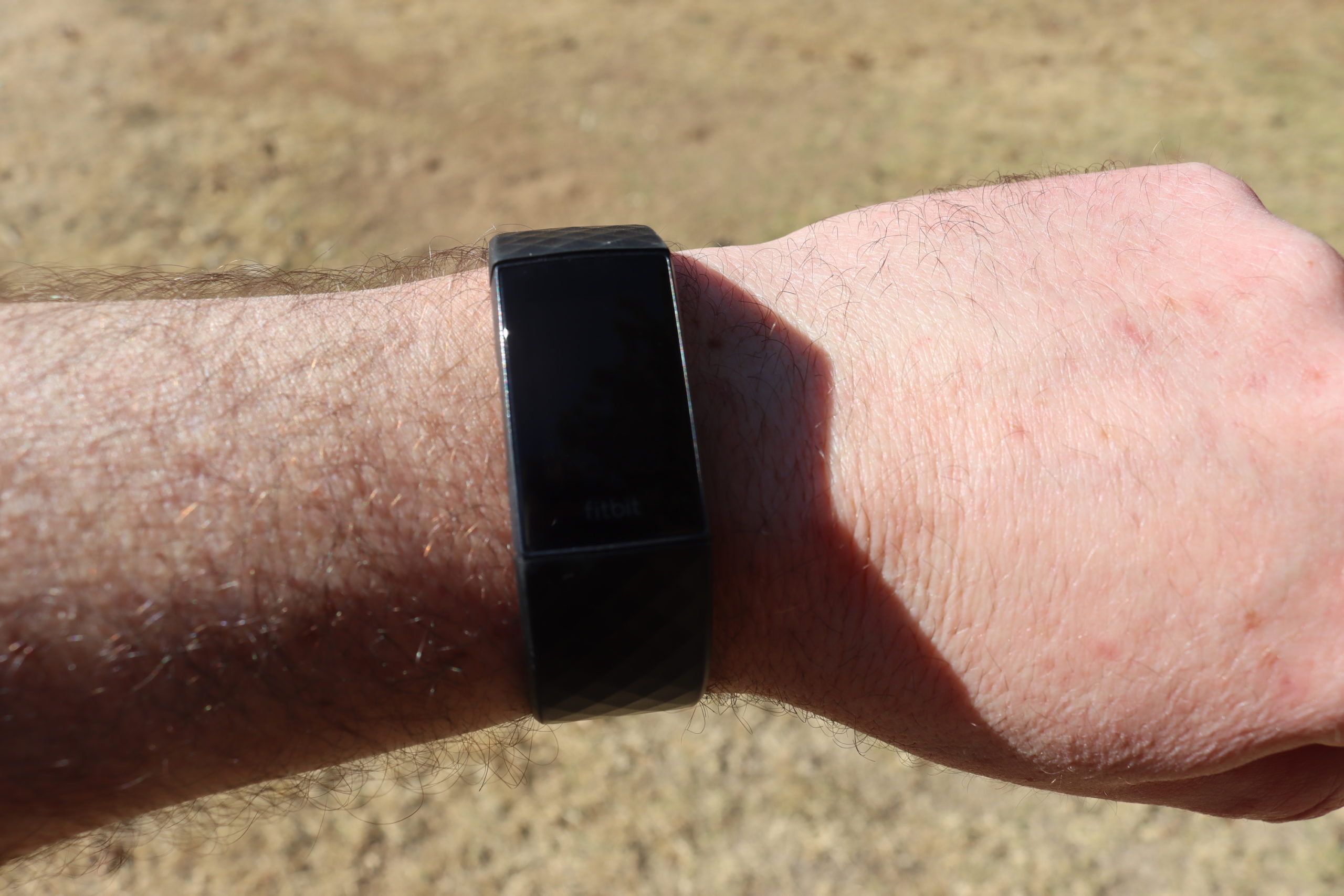 The Fitbit app, you’re likely more familiar with. Not much has changed there, you can still select your various metrics for a much deeper look at the counter on your wrist. Don’t expect too many meaningful insights if you’re just looking at step data — it’ll let you know when you were most active and that’s about it, at least on a daily scale.
The Fitbit app, you’re likely more familiar with. Not much has changed there, you can still select your various metrics for a much deeper look at the counter on your wrist. Don’t expect too many meaningful insights if you’re just looking at step data — it’ll let you know when you were most active and that’s about it, at least on a daily scale.
Switch over to the Exercise option and you’ll get a much clearer idea of how you’re doing, physically. Your average heart rate, number of Active Zone Minutes, which zone your heart-rate was sitting in and for how long, and length of time active are all represented here, in a very easy to understand format. Touch a specific active period and you’ll get an even more informative breakdown of how you did… whatever it was that you did.
Over to the sleep tracking, which Fitbit has always done well, you can expect a very detailed set of data about your nocturnal habits. What with lockdown and all, sometimes we were sitting extremely still (Netflix may have been involved) and the tracker actually picked these sedentary periods up as us being asleep. Whether this is the Charge 4 being oversensitive or us being really really lazy, we’re not sure. It’s nothing to worry about, though, as the sleep data seems to be largely accurate across the board.
And, if you hit up any particular night, you can also get your blood oxygen saturation for the night as well — yeah, the Fitbit Charge 4 has an SpO2 sensor built in that’ll give you a fancy graph that we’re… not qualified to decipher. But if you’re watching your bloody oxygen saturation (and who isn’t these days) it’s a neat feature to have.
Fitbit Charge 4 Verdict
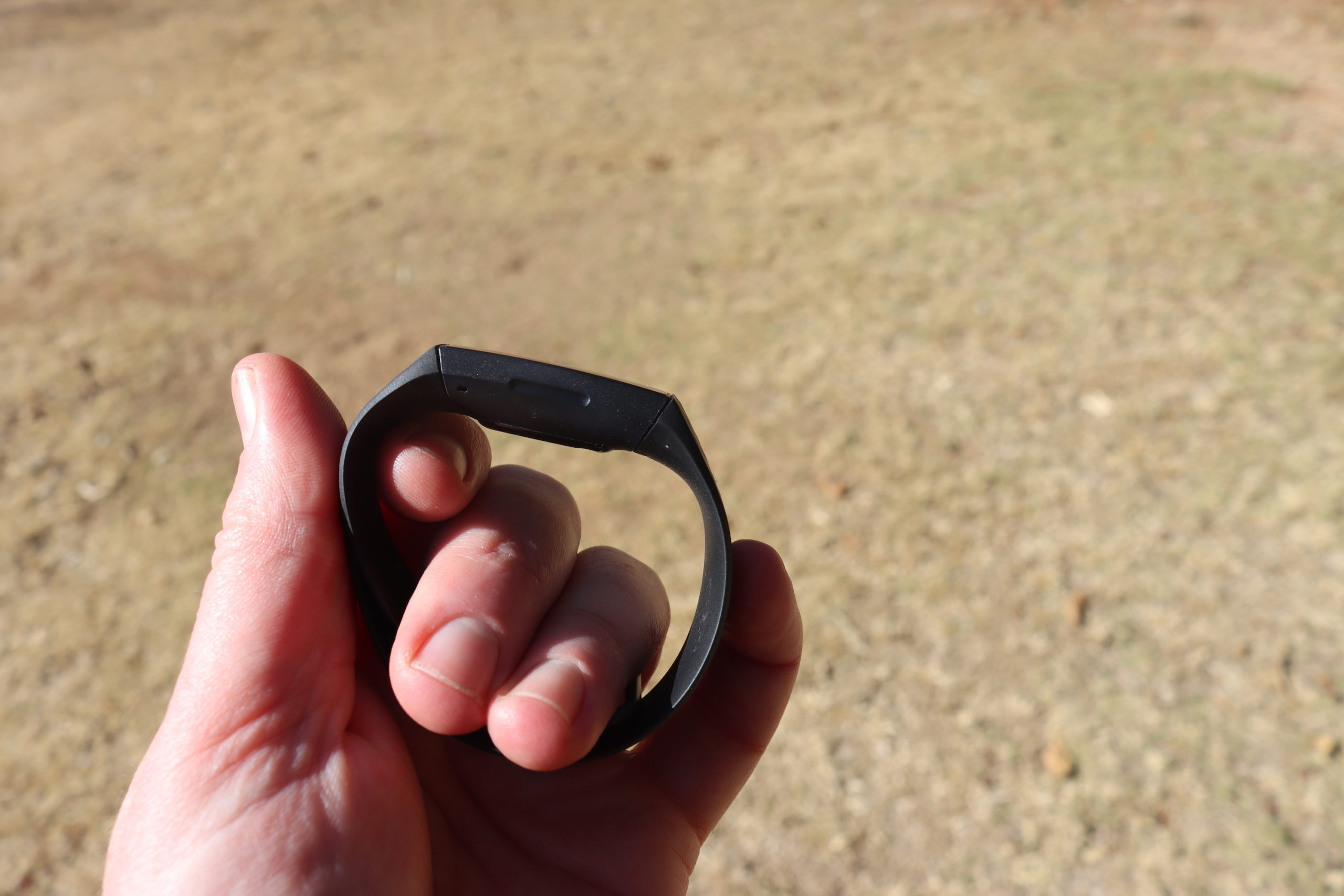 We keep on saying not much has changed with the Fitbit Charge 4. And that either means Fitbit’s phoning it in (it’s not) or there wasn’t a massive amount of room for improvement. The Charge 4 does everything the Charge 3 did — there’s also an NFC chip for Fitbit Pay (which we didn’t test because of a lack of an FNB bank account) — but it includes a few extra features as well. And those features are rather well executed.
We keep on saying not much has changed with the Fitbit Charge 4. And that either means Fitbit’s phoning it in (it’s not) or there wasn’t a massive amount of room for improvement. The Charge 4 does everything the Charge 3 did — there’s also an NFC chip for Fitbit Pay (which we didn’t test because of a lack of an FNB bank account) — but it includes a few extra features as well. And those features are rather well executed.
The new Active Zone Minutes feature is the most exciting addition to the Charge’s arsenal, aimed at people who are taking their health a little more seriously than may have previously been the case. The result is a slightly more advanced look at your health while still retaining the sort of easily-accessible data the company is known for. If you’re not training for something big or just want to get moving a little more (while getting more than a little information about your body at the same time), the R3,000 Fitbit Charge 4 is something you should be looking into.

